The Atlantic Ocean is the second largest ocean in the world. Located in the middle of the two continents of North and South America in the west and between the two continents of Europe and Africa in the east, there are many big and small islands located almost all over this ocean. Especially the Caribbean Islands which are located close to the American continent, and Bermuda which is located to the north are some of these islands that are often talked about. The island of Saint Helena, where Emperor Napoleon was imprisoned, is also located in the Atlantic Ocean.
Considering the west coast where the Atlantic Ocean meets the continent of Africa, the equatorial Gulf of Guinea and the surrounding area is a very wet and densely forested area, but the other areas cannot be called such. Because of the Sahara Desert to its north, a voyager across the Atlantic to the north of the African continent is more likely to encounter a barren and hot desert coastline.
A little further north, the Canary Islands, which separate the Atlantic and Mediterranean seas from the Strait of Gibraltar, have a drier but more temperate climate. Almost constantly, these islands are full of tourists who come to see the natural beauty and enjoy the sun. In particular, the island of Tenerife, which belongs to this group of islands, is known as the ‘Island of the eternal spring’.
Location of the Canary Islands
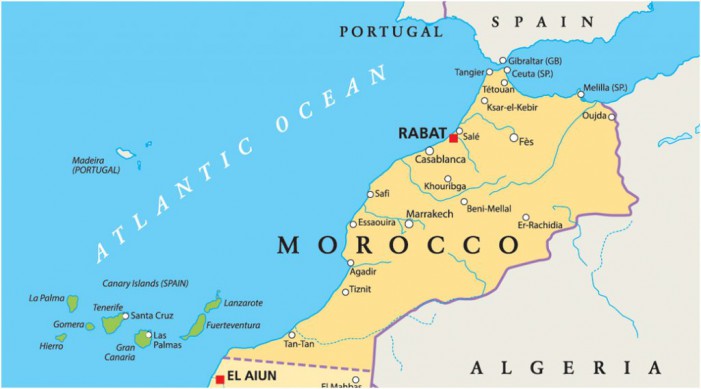
Spain’s Canary Islands group includes 7 islands. Located southwest of Spain and west of Morocco, these have a total area of 2,875 square miles. These islands are divided into two administrative provinces in Spain, of which the Santa Cruz de Tenerife province consists of the islands of Tenerife, Palma, Gomera and Hierro, while the La Palma province includes the islands of Gran Canaria, Lanzarote and Fuerteventura.
History of the Canary Islands
In ancient times, the Romans called the Canary Islands the ‘Islands of Fortune’. It is said that the current name of the Canary Islands is due to the large dogs that lived there. The indigenous people called Guanch have lived here since ancient times.
The Canary Islands were first discovered for the Western world by King Juba who reigned in the first century AD. From the 14th century AD, the Spanish, French and Portuguese nations exchanged ownership of this place, and finally it was fully owned by Spain. Between the 15th and 18th centuries AD, the Canary Islands were very famous as a trading center and port among the western nations.
Topography and weather
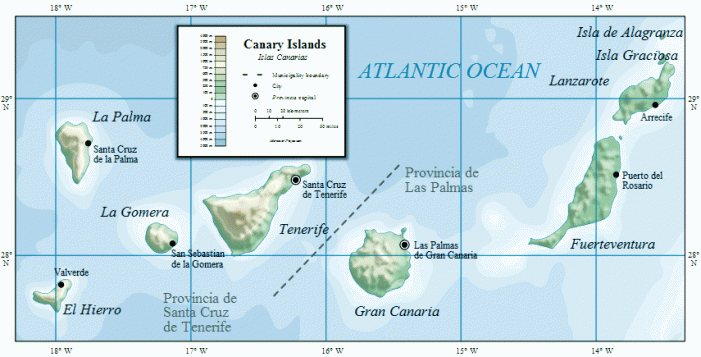
Physically, the geography of the Canary Islands can be divided into two parts. The western part consists of the islands of Tenerife, Gran Canaria, La Palma, La Gomera and Ferro, and these can be taken as peaks rising directly from the seabed. The eastern part consisting of Lanzarote, Fuerteventura and 6 other small islands can be described as a single landmass partially submerged in the ocean.
The Canary Islands are believed to have been formed by the eruption of several volcanoes on the sea floor millions of years ago. The highest point of all the islands belonging to the Batahiti section is over 4,000 feet above sea level and the highest point of all of these is Mount Teide with a height of 12,198 feet. It is located on the island of Tenerife. This peak is the highest point not only in the Canary Islands but also in Spain.
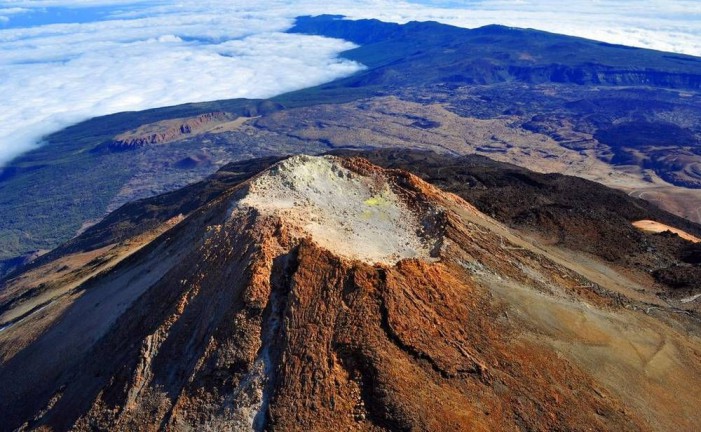
Overall, the Canary Islands have a subtropical climate. It has a generally warm climate and shows very little seasonal variation.
The average temperature of a day in August is around 26 degrees Celsius and in January it is around 21 degrees Celsius. In November and December these islands receive more rain compared to other months, and the rest of the year is dry. The northernmost parts of the Canary Islands receive about 750 mm of rain per year, while other areas rarely exceed 250 mm per year.
Crop cultivation
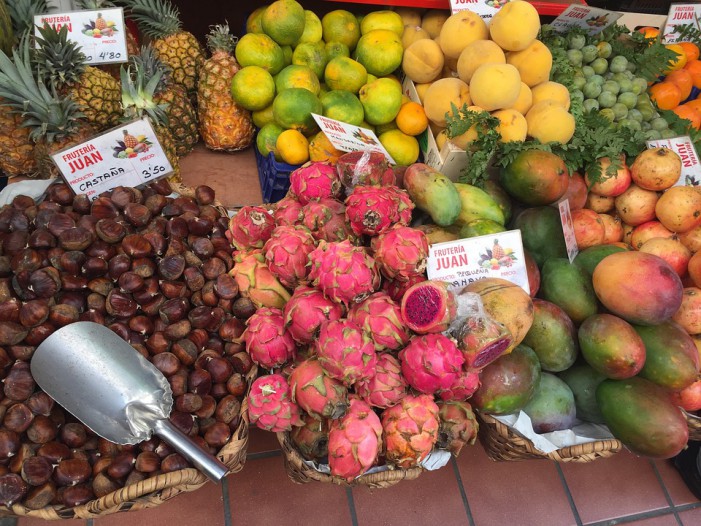
A variety of economic crops grow well in the Canary Islands due to the fertile soil of volcanic origin, the generally warm weather and the change in altitude. Areas up to 1300 feet above sea level show semi-arid characteristics, and with good water supply, crops such as bananas, oranges, coffee, dates, sugarcane and tobacco can be cultivated. Areas between 1300 – 2400 feet elevation show Mediterranean characteristics and crops such as grains, potatoes and grapes grow well. Areas above 2400 feet have a mountainous climate.
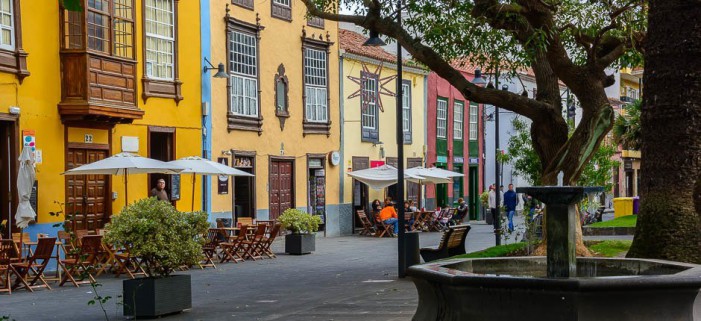
Tourism industry
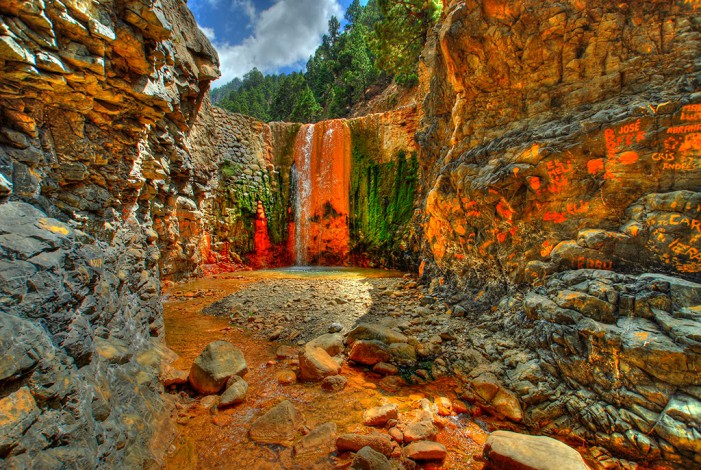
Tourism in the Canary Islands developed only after the 1950s. Currently, the tourist hotel industry and transportation are well developed here and there are many places where you can enjoy the sunshine and see the natural beauty.
San Cristóbal de la Laguna, a UNESCO World Heritage Site, has been the capital of Tenerife in the past. There are churches and other rich architecture of the 17th and 18th centuries




